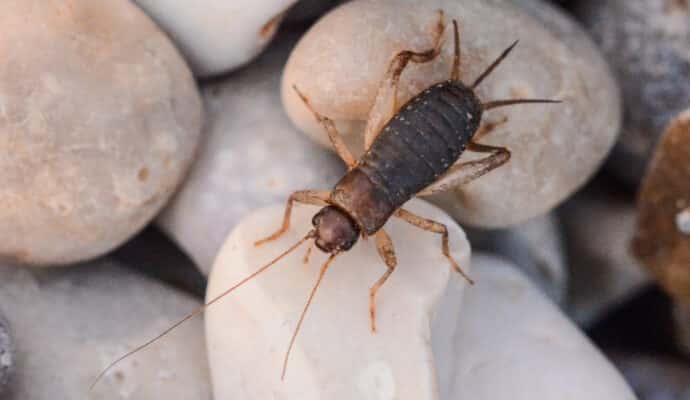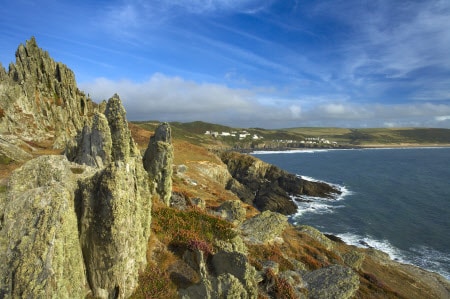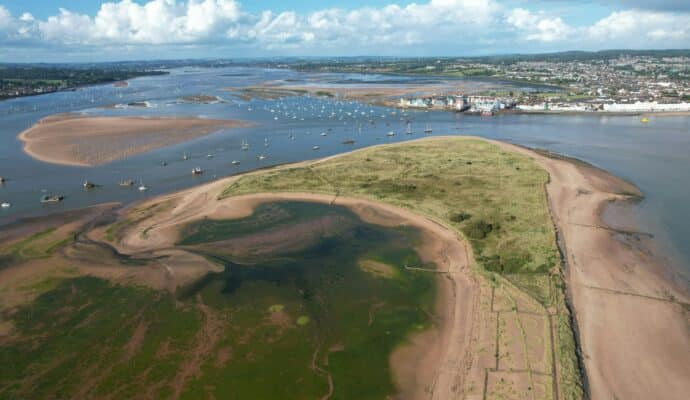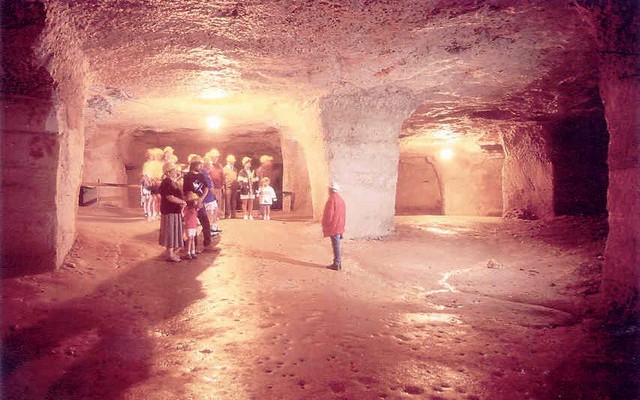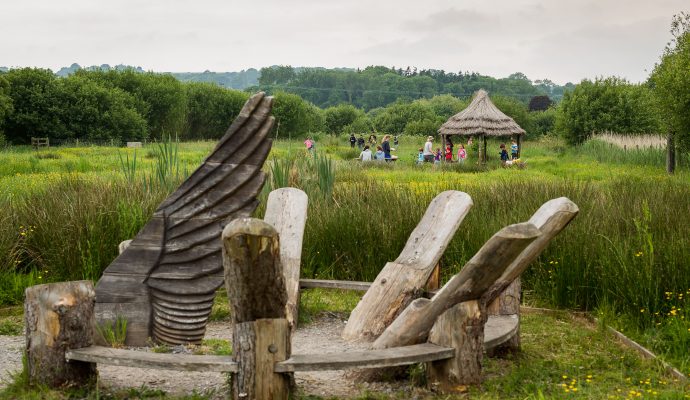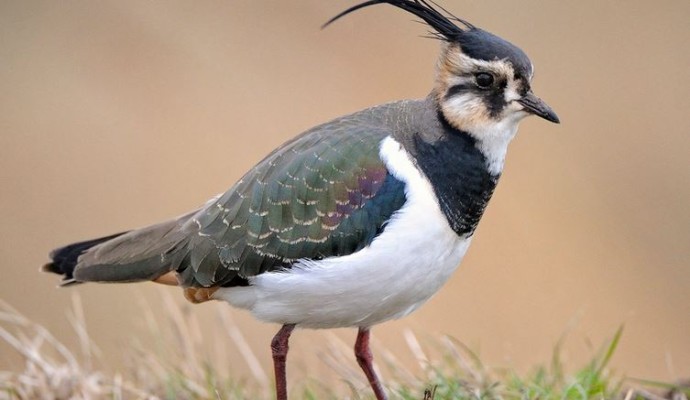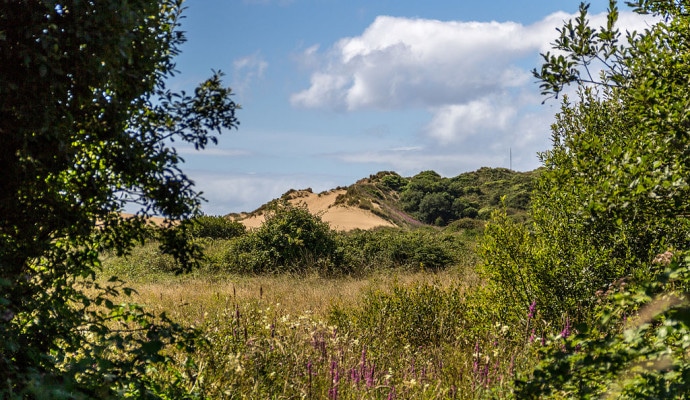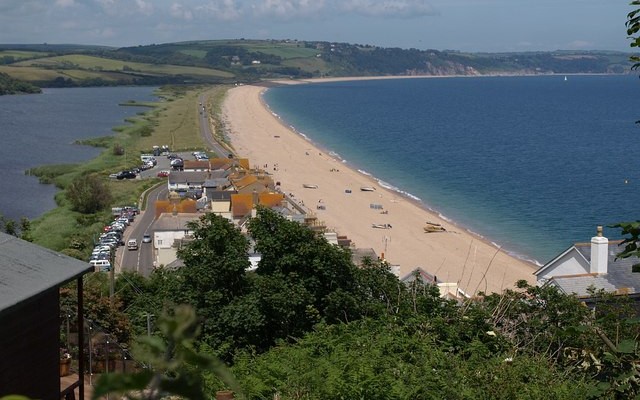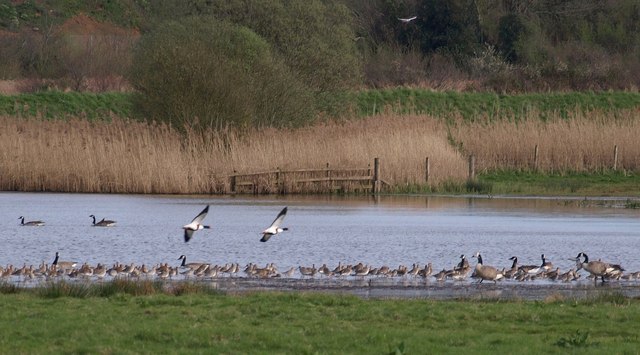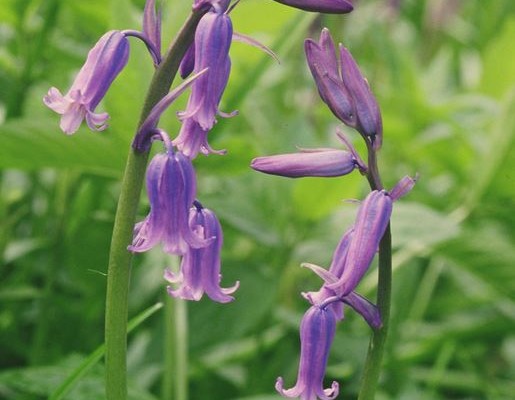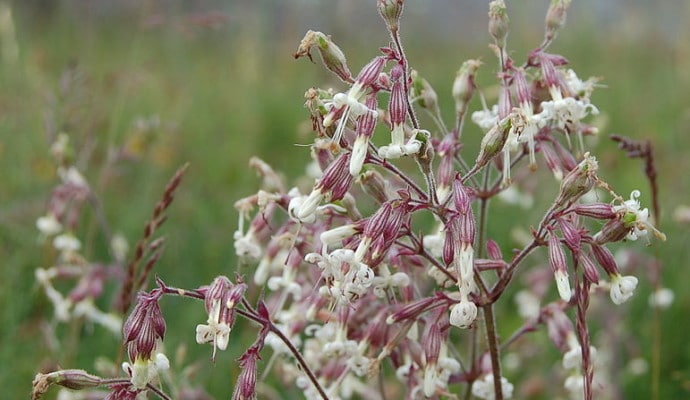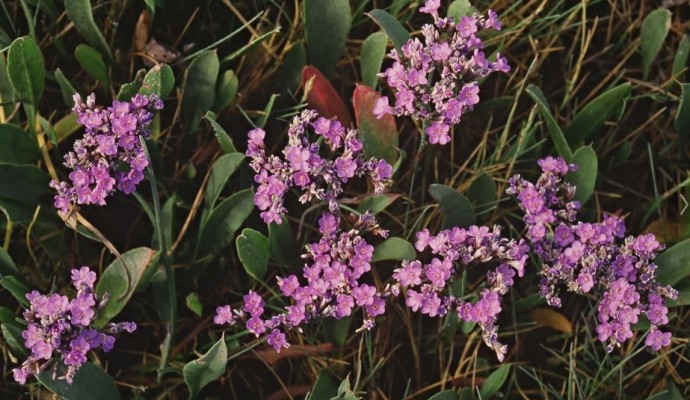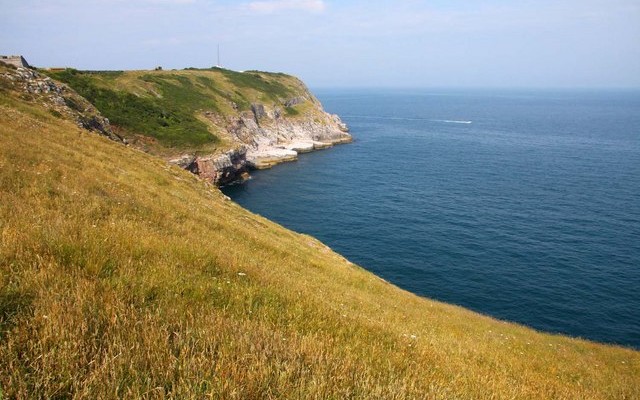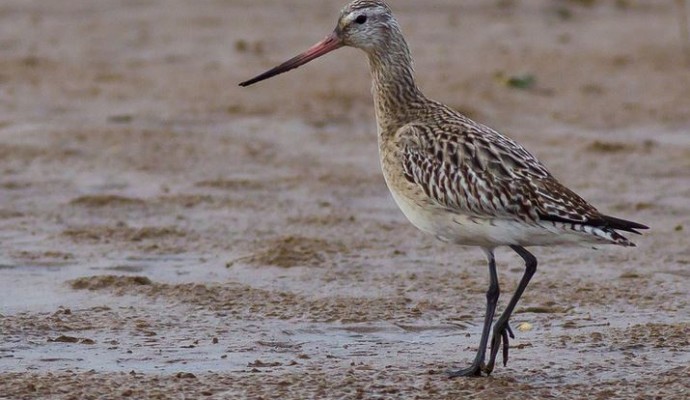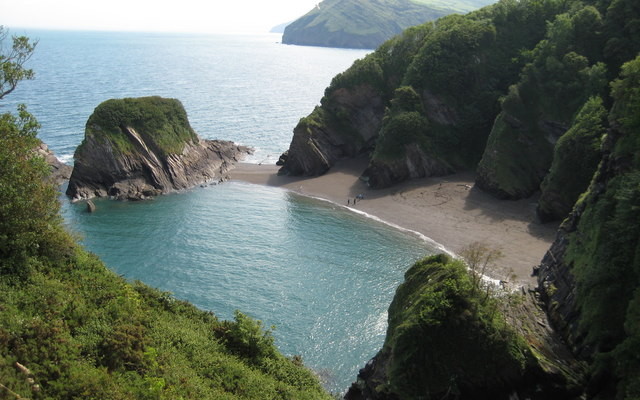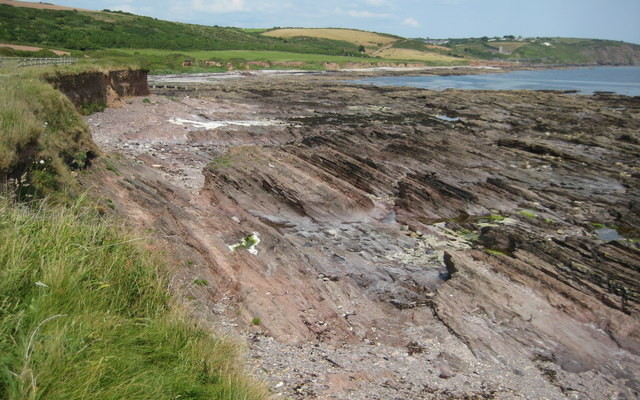Coastal in Devon
Devon’s coastal wildlife areas are among the most dynamic and ecologically diverse habitats in the county, stretching along dramatic cliffs, sandy beaches, rocky shores, and sheltered estuaries. These coastal environments support a rich array of marine and terrestrial species, from seabirds like guillemots and fulmars nesting on cliffs, to grey seals, rockpool creatures, and rare coastal plants adapted to the salty, wind-battered conditions. The meeting point of land and sea also creates vital stopover points for migratory birds and nurseries for marine life. With their striking natural beauty and ecological importance, Devon’s coasts are key to both regional biodiversity and broader marine conservation efforts.
